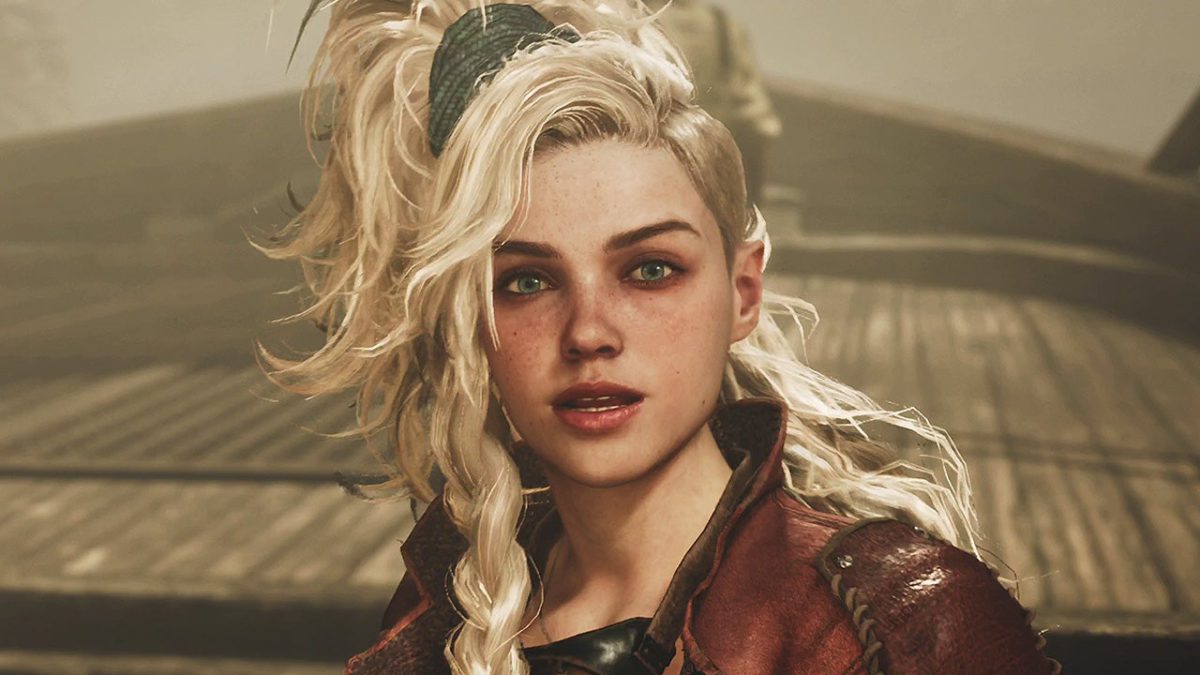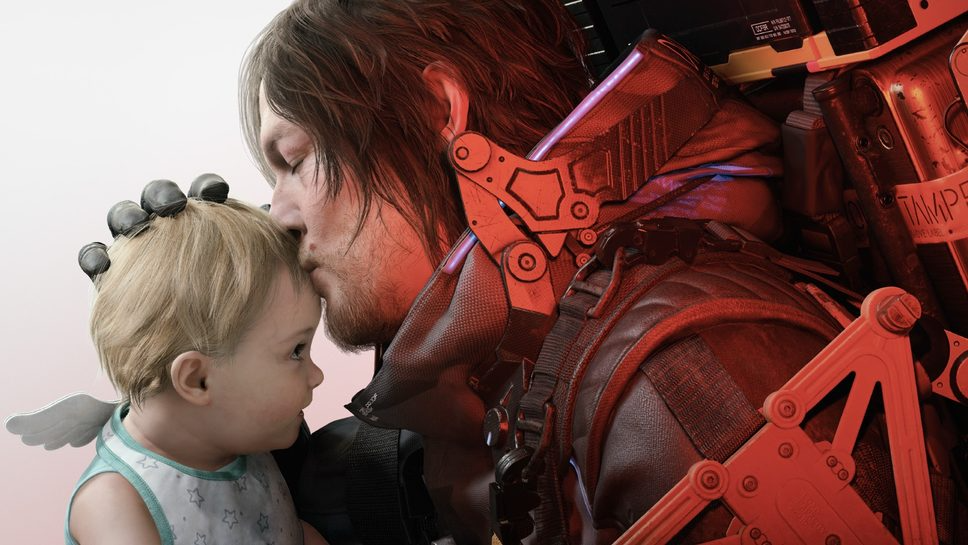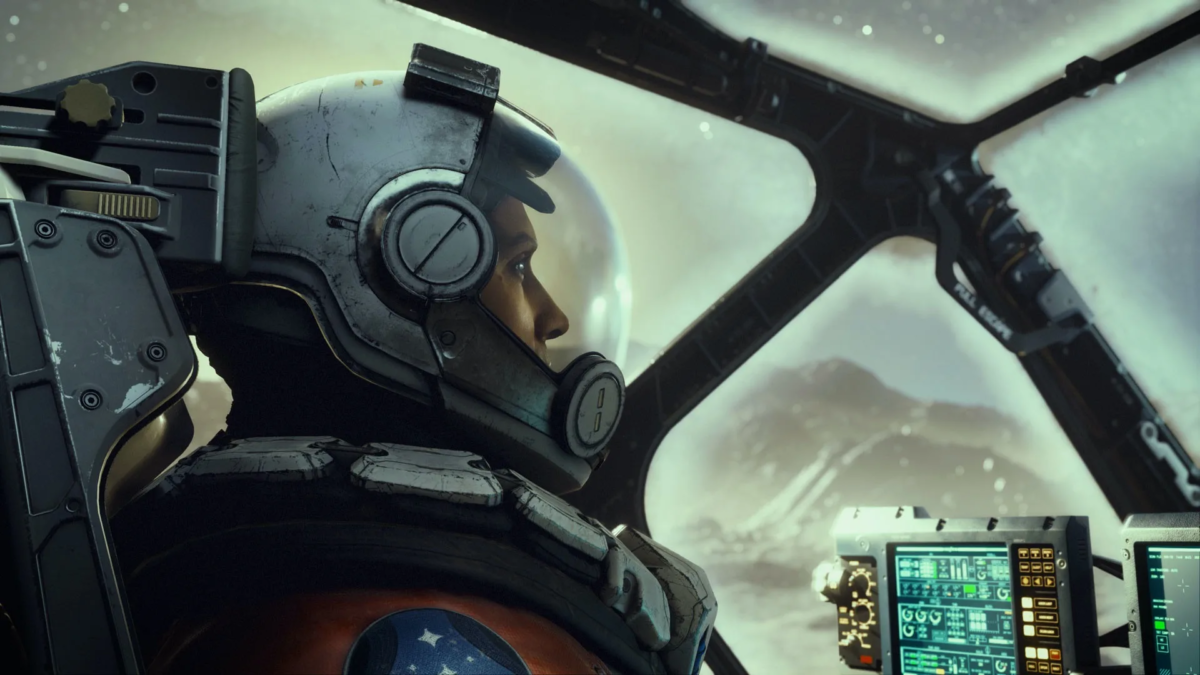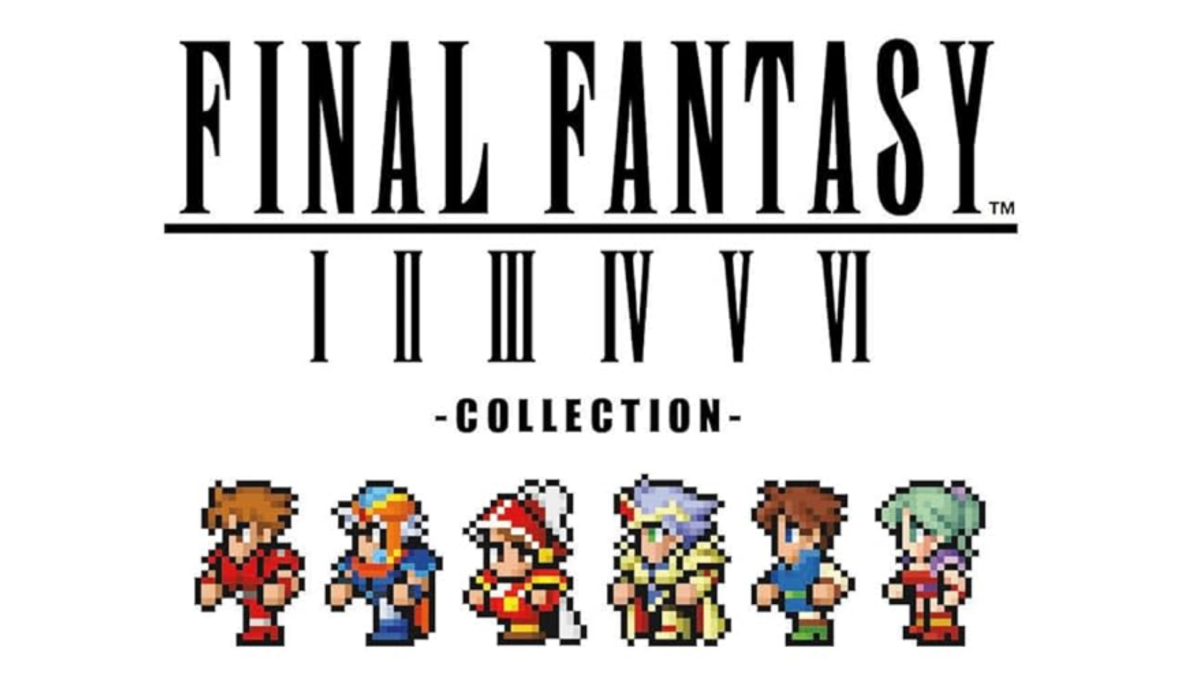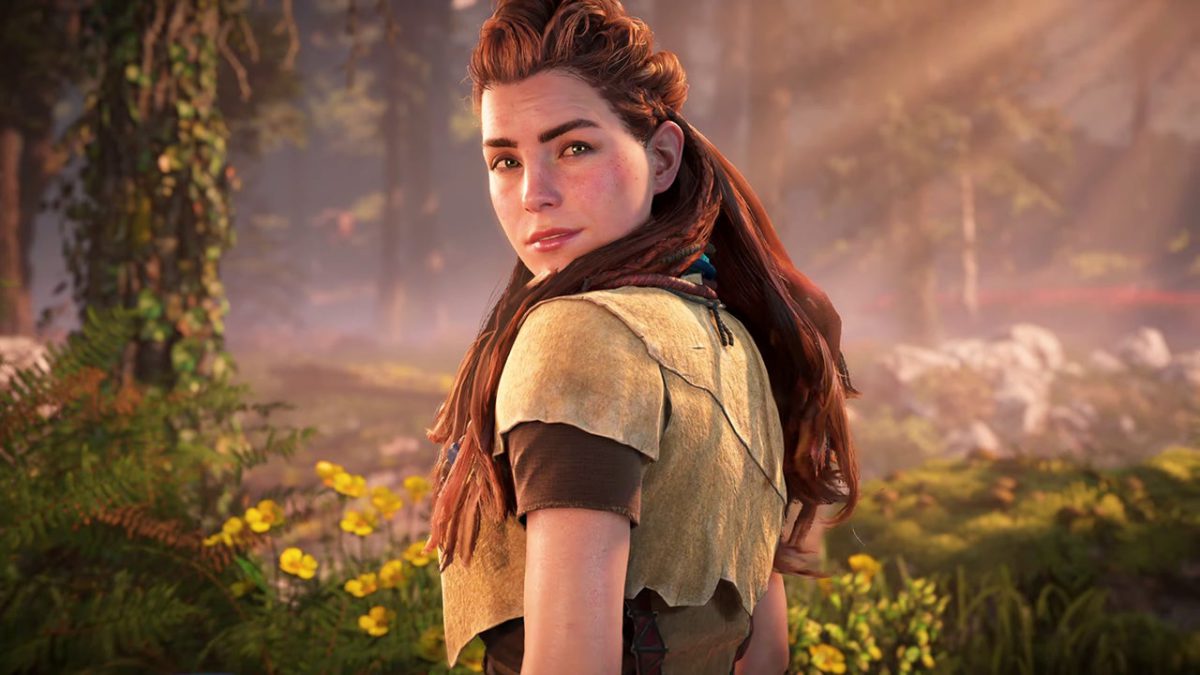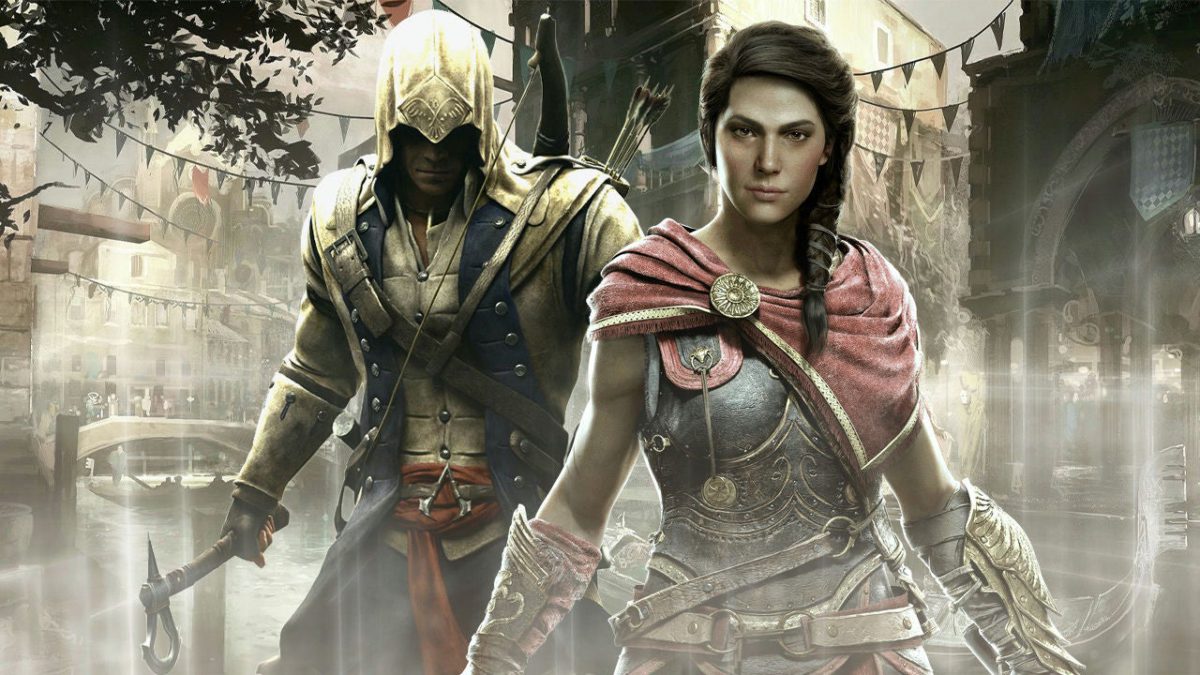
New details about what’s in store for the horrors waiting within Silent Hill f have emerged, and they make it clear that developer NeoBards Entertainment is keeping in step with the series’ tone.
Warning! The following descriptions contain some gruesome details about the content of Silent Hill f, which will entail possible spoilers and mature content.
Konami aired its latest Silent Hill Transmission broadcast just last week, sharing more details about the upcoming Silent Hill f. Developed by NeoBards, set in a mountain town in 1960s Japan, and written by Higurashi and Umineko author Ryukishi07, Silent Hill f looks to be an interesting new venture for the horror series.
The broadcast didn’t include much in the way of gameplay though. In lieu of that, fans have been poring over the content warnings and ESRB rating for Silent Hill f, both of which are live and provide some surprisingly detailed descriptions of what terrors wait in the town of Ebisugaoka.
Over on the ESRB site, Silent Hill f garnered a Mature 17+ rating for “Blood and Gore, Intense Violence, Partial Nudity.” None of that by itself is terribly surprising, but it’s the rating summary that offers some more detail:
“This is a survival-horror action game in which players assume the role of a student confronting supernatural entities in a 1960s Japanese mountain town. From a third-person perspective, players explore the town, solve puzzles, interact with characters, and battle enemy creatures (e.g., humanoid monsters, mutants, mythical creatures).
“Players use axes, crowbars, knives, and spears to defend against and kill enemy creatures in melee-style combat. Blood-splatter effects occur frequently as characters are attacked; several areas depict large bloodstains in the environment and near corpses. Some enemy attacks can result in players’ character getting impaled in the neck and/or getting their faces ripped apart.
“Cutscenes sometimes depict gore and more intense acts of violence: a character burned alive inside a cage; a woman branded by a hot iron; entrails and sinew displayed on serving platters in fantastical celebration/ceremony; a character sawing off her own arm; a character slicing off portions of a character’s face during a ritual. Concept art depicts a nude mannequin-like character, with exposed buttocks and partially exposed breasts; the character appears in a creature-like form throughout the game.”
Faces ripped apart, hot irons, and a character sawing off their arm certainly paint a gruesome picture. Silent Hill f could get pretty gnarly, even by Silent Hill’s standards. It is, after all, the first game in the series to earn a CERO:Z in Japan, an 18+ rating; the others have typically garnered CERO:C or CERO:D, which are 15+ and 17+, respectively.
Silent Hill f may also be dealing with some heavy topics and imagery too. For that, we can look at the game’s content warning, displayed on both the official site and the Steam store page:
“This game contains depictions of gender discrimination, child abuse, bullying, drug-induced hallucinations, torture, and graphic violence. This game is set in Japan in the 1960s and contains depictions based on the customs and culture of that time. These depictions do not reflect the opinions or values of the developers or any individuals involved. If you feel uncomfortable at any point while playing, please take a break from playing or speak to someone you trust.”
Between the actual physical horror and tackling these kinds of themes, Silent Hill f certainly seems like it’s engaging with the kind of material you’d expect in a Silent Hill. For horror fans, that’s hopefully a good sign.
Silent Hill f has no release date at the moment, though having an ESRB rating this detailed certainly suggests it’s not far off. It’s currently targeting PS5, Xbox Series X and S, and PC when it does launch.
Eric is a freelance writer for IGN.


